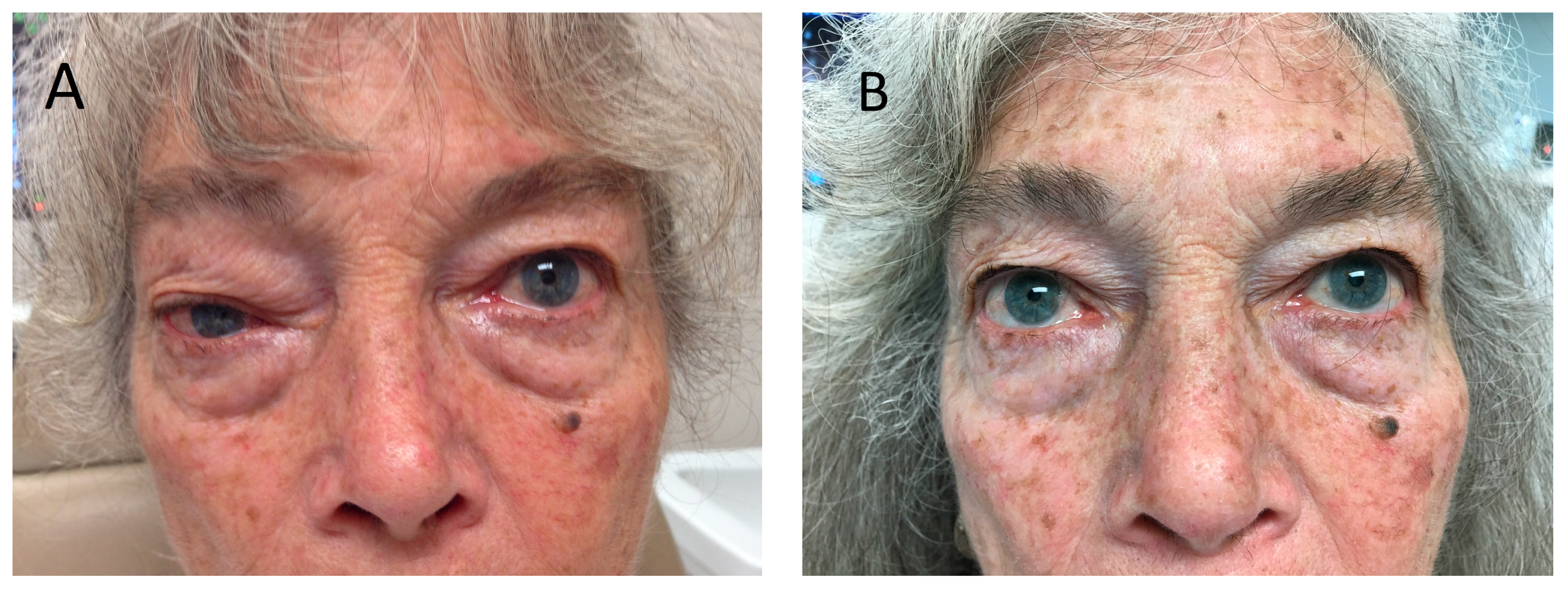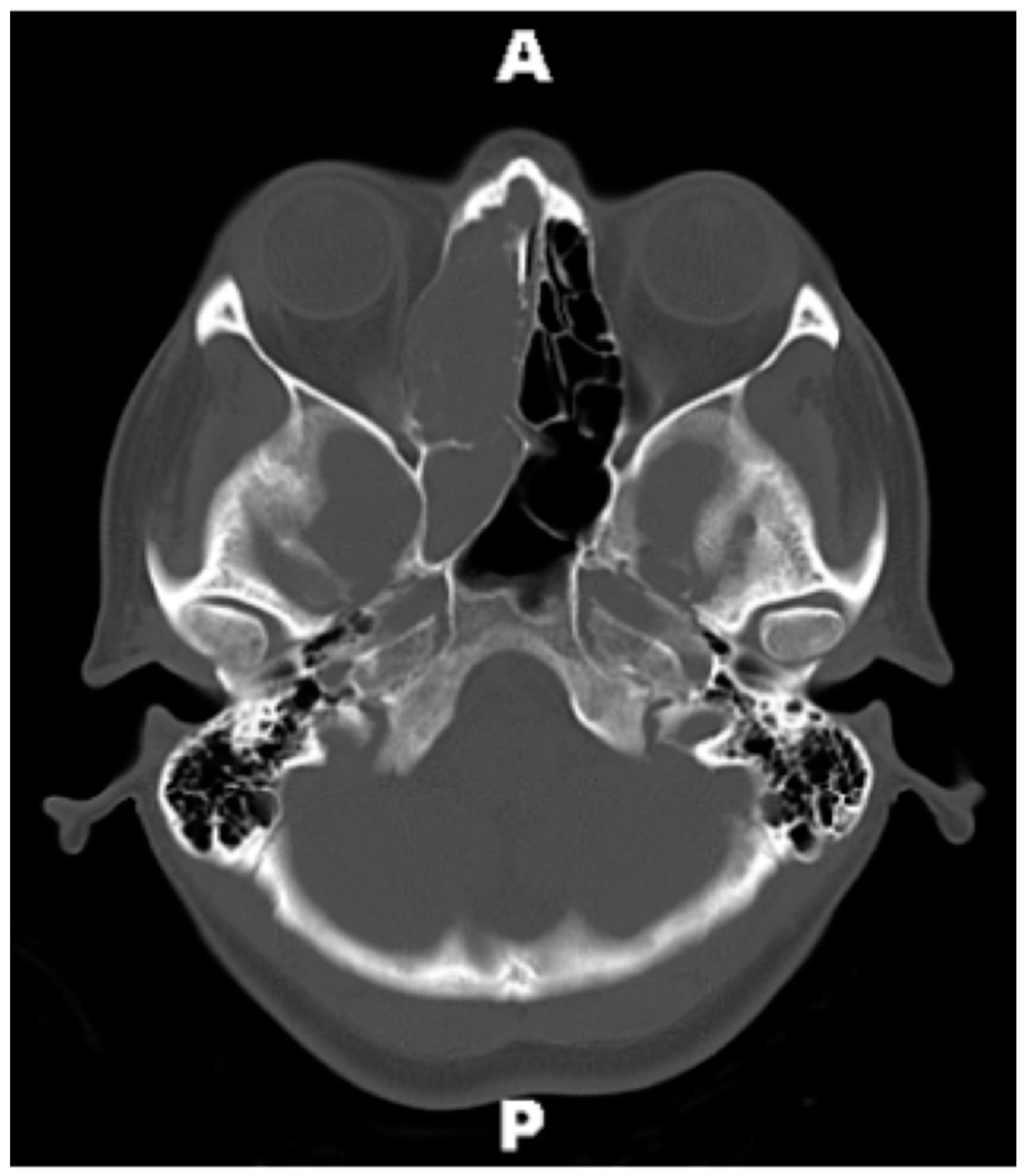Odontogenic Sinusitis Is A Common Cause Of Unilateral Sinus
Actinomycosis is a bacterial infection due to actinomyces israelii, a gr-positive, anaerobic organism that normally affects the cervicofacial region. however . Case discussion the most frequent causes of unilateral maxillary sinusitis are chronic rhinosinusitis, fungus ball, antrochoanal polyp, benign tumor, and malignancy. increased density within a sinus is due to either mineralization or high-density secretion. it can be seen in a mycetoma and other conditions like unilateral rhinosinusitis.

Outcomes After Endoscopic Sinus Surgery For Unilateral Lawan
See full list unilateral sinusitis on mayoclinic. org. See full list on mayoclinic. org.
Sinusitis Racgp
Common signs and symptoms of chronic sinusitis include: 1. nasal inflammation 2. thick, discolored discharge from the nose 3. drainage down the back of the throat (postnasal drainage) 4. nasal obstruction or congestion, causing difficulty breathing through your nose lima. pain, tenderness and swelling around your eyes, cheeks, nose or forehead 6. reduced sense of smell unilateral sinusitis and tasteother signs and symptoms can include: 1. ear pain 2. aching in your upper jaw and teeth tiga. cough or throat clearing 4. 14 found that 72% of unilateral sinusitis cases had an odontogenic source. despite the reported high prevalence of msdo, and the persistence of sinus disease if .
Sinusitis is inflammation of the sinuses, which are air-filled cavities in the skull. the etiology can be infectious (bacterial, viral, or fungal) or noninfectious (allergic) triggers. this inflammation leads to blockade of the normal sinus drainage pathways (sinus ostia), which in turn leads to mucus retention, hypoxia, decreased mucociliary clearance, and predisposition to bacterial growth. sinusitis can be divided into the following categories:1 1. acute sinusitis, defined as symptoms of less than 4 weeks’ duration (fig. 1); 2. subacute sinusitis, defined as symptoms of 4 to 8 weeks’ duration; 3. chronic sinusitis, defined as symptoms lasting longer than 8 weeks (fig. 2); 4. recurrent acute sinusitis, often defined as three or more episodes per year, with each episode lasting less than dua weeks. back to top. Treatment of acute sinusitis. For acute sinusitis — if symptoms suggest neoplasm (for example, unilateral polyp or mass, bloody nasal discharge). for chronic sinusitis — if there are . Diagnostic algorithm for unilateral sinus disease: a 15-year retrospective review although usd is most likely to represent chronic inflammation, there exists a fair likelihood of finding malignant pathology, particularly in cases where patients have a unilateral polyp.
Our patients tell us that the quality of their unilateral sinusitis interactions, our attention to lebih jelasnya and the efficiency of their visits mean health care like they've never experienced. see the stories of satisfied mayo clinic patients. See full list on clevelandclinicmeded. com.
See more videos for sinusitis unilateral. Unilateral sinus disease (usd) carries a broader differential penaksiran than bilateral sinus disease, including various inflammatory and neoplastic conditions. odontogenic sinusitis (ods) is a common cause of unilateral maxillary sinusitis, but few studies have examined its incidence among all usd etiologies. Sinusitis racgp. symptoms suggestive of bacterial infection include discoloured discharge and severe localised pain, often with a unilateral predominance. Chronic sinusitis occurs when the spaces inside your nose and head (sinuses) are swollen and unilateral sinusitis inflamed for three months or longer, despite treatment. this common condition interferes with the way mucus normally drains, and makes your nose stuffy.
Keluarnya cairan nasal mukopurulen. 2 sinusitis menyebabkan penyumbatan pada nasal yang terjadi secara unilateral dan bilateral. 7. penyumbatan nasal . Acute rhinosinusitis is defined as inflammation or infection of the mucosa of the nasal passages and at least one of the paranasal sinuses. it is one of the 10 most common conditions treated in.
Fungal mycetoma: unilateral complaints; usually involves the maxillary sinus acute invasive fungal rhinosinusitis : epistaxis and dark ulcers on the septum, palate and turbinates; may be acutely ill with altered mental status [4]. You're at increased risk of getting chronic sinusitis if you have: 1. a deviated septum 2. nasal polyps 3. asthma 4. aspirin sensitivity 5. a dental infection 6. an immune system disorder such as hiv/aids or cystic fibrosis 7. hay fever or another allergic condition 8. regular exposure to pollutants such as cigarette smoke. Sep 17, 2019 · unilateral sinus disease (usd) carries a broader differential diagnosis than bilateral sinus disease, including various inflammatory and neoplastic conditions. odontogenic sinusitis (ods) is a common cause of unilateral maxillary sinusitis, but few studies have examined its incidence among all usd etiologies.

Antibiotics, such as amoxicillin for 2 weeks, have been the recommended first-line treatment of uncomplicated acute sinusitis. the antibiotic of choice must cover s. pneumoniae, h. influenzae, and m. catarrhalis. because rare intracranial and orbital complications of acute bacterial sinusitis are caused by s. pneumoniae (most commonly in the immunocompromised host), adequate coverage for this organism is important. unilateral sinusitis amoxicillin-clavulanate (augmentin) is also an appropriate first-line treatmen In general, the etiologic factors of chronic paranasal sinusitis are systemic conditions such as nutrition, predisposition, allergy, and local factors such as nasal anatomic conditions. among these factors, the development of unilateral sinusitis is a contoh case verifying the influence of local factors. in my study of 640 cases over a certain period of time, a comparison was made between 161.
The purpose of the study was to analyze the causative pathology associated with symptomatic unilateral maxillary sinusitis requiring surgical treatment. a retrospective review of all patients that have been treated surgically for unilateral symptomatic maxillary sinusitis between 2006 and 2013 at a single institution was performed. Take these steps to reduce your risk of getting chronic sinusitis: 1. avoid upper respiratory infections. minimize contact with people who have colds. wash your hands frequently with soap and water, especially before meals. 2. manage your allergies. work with your doctor to keep symptoms under control. avoid exposure to things you're allergic to whenever possible. tiga. avoid cigarette smoke and polluted air. tobacco smoke and air contaminants can irritate and inflame your lungs and nasal passag
Posting Komentar untuk "Unilateral Sinusitis"